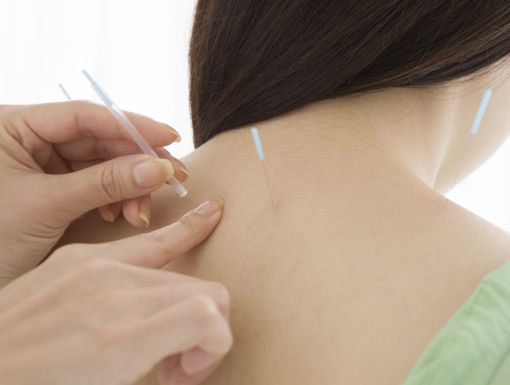
Rapid COVID-19 Testing at Home Is Getting Easier
This fall, finding an at-home rapid COVID-19 test has been as hard as finding bottled water when a hurricane approaches.
A surge in demand for the over-the-counter antigen test has wiped out online retailers and left empty spaces on shelves at pharmacies around the country. And, with demand far outpacing supply, the cost of the nasal swab kits has remained higher than some can afford.
However, recent announcements by the White House and the Food and Drug Administration are likely to make at-home COVID-19 testing easier and more feasible.
In early October, the FDA authorized the sale of Flowflex, an at-home antigen test from ACON laboratories. Similar to tests from several other companies that are already on the market, such as the Abbott Panbio Rapid Antigen Self-Test or the BinaxNOW COVID-19 Antigen Self-Test at Home Kit, the newly authorized test can be purchased without a prescription and is designed to detect antigens with a nasal swab. These tests provide fairly reliable results in 15 minutes, especially in people who are symptomatic.
The FDA said its emergency use authorization of Flowflex should significantly increase the availability of rapid, at-home tests. It is expected to double rapid at-home testing capacity in the United States as we head into the holiday season. By years end, the manufacturer plans to produce more than 100 million tests per month, and this number will rise to 200 million per month by February 2022.
Soon after the FDA announcement, the White House COVID-19 coordinator said the federal government would invest $1 billion toward purchasing rapid at-home Covid-19 tests to put on the market. It is hoped that the cost of the tests will no longer be a factor for Americans.
Home testing
Some experts have lamented the fact that the United States lags behind peer countries such as Germany and the U.K., where at-home COVID-19 tests are widely available and cost little or nothing.
The federal government expects the massive purchase of tests and the increase in production will bring the United States closer in line with other countries.
The expansion of at-home testing allows people to get tested more regularly, which could lead to identifying more infections and, in turn, decrease spread. They are particularly useful as a quick, initial screen for infection prior to traveling, attending an event or going to work or school.
A positive at-home test result likely means that you are infected and infectious, especially if you are symptomatic. However, because antigen tests are not as sensitive as other tests whose results are performed in a lab, there is a higher chance of a false negative.
Some of the at-home antigen tests have an overall sensitivity of roughly 85 percent, which means that they are diagnosing roughly 85 percent of people who are infected with the virus and missing 15 percent.
If the result of an at-home test appears suspicious, a PCR test may be in order. This molecular test analyzes your upper respiratory specimen to determine if it contains genetic material from the virus. It is considered by many experts to be the “gold standard” for accuracy because its ability to detect even minute levels of virus in the nose. The drawback is that the test must be conducted at a lab, meaning results can take 24 hours or longer.
Positively negative
Since March 2020, the FDA says it has authorized more than 400 COVID-19 tests and sample collection devices, including authorizations for the over-the-counter at-home tests. The agency says it considers the rapid at-home diagnostic tests to be a high priority given their importance to public health.
Antigen tests are an important weapon in our growing arsenal to combat the persistent pandemic. However, the at-home tests have limitations. To be concise, if someone without symptoms tests positive, especially in an area of low community transmission, experts believe that result should be treated with caution , and people should also follow up with a PCR test. And the CDC recommends that symptomatic people with a negative antigen test should follow up another test the next day or with a PCR test within 48 hours.
Need a COVID-19 vaccine? Find location near you.

